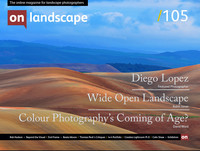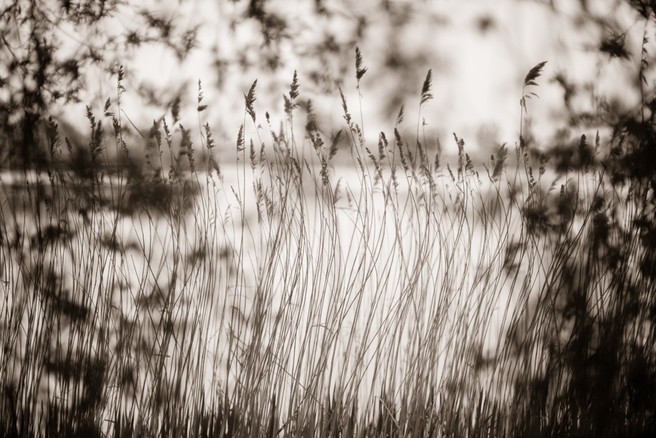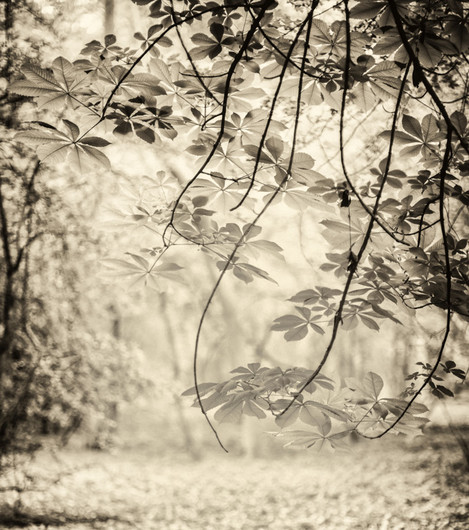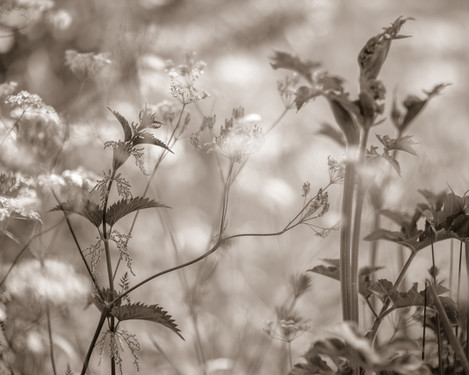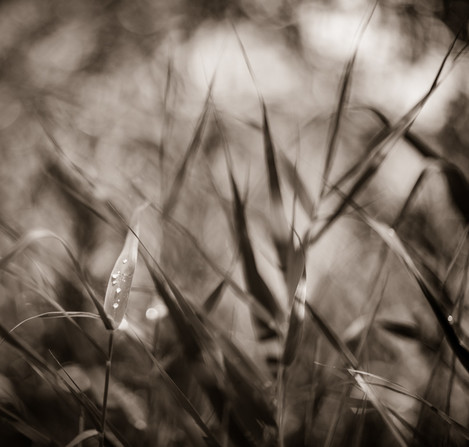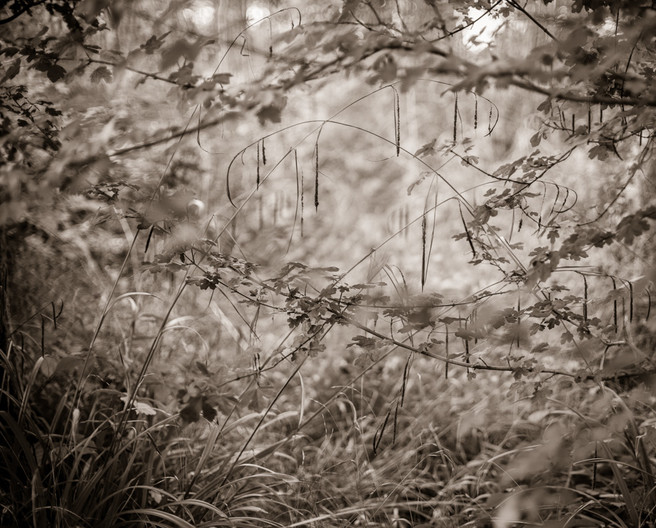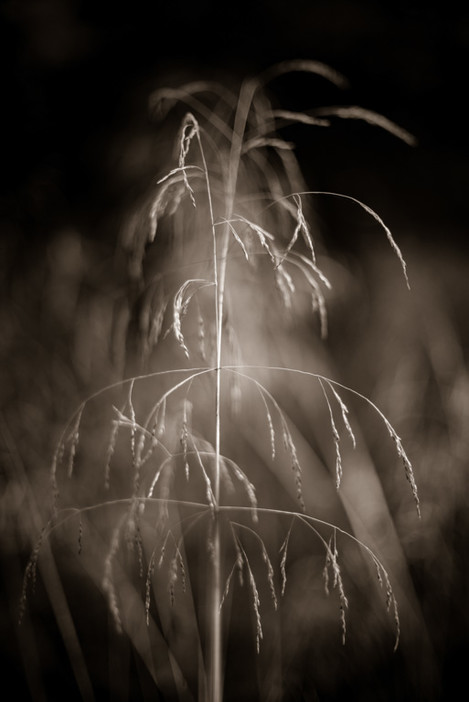Finding the connection to the landscape

Robin Jones
An amateur photographer and wildlife watcher from Cambridgeshire. My local patch is my muse and the camera reflects my thought and moods as I walk with the dog.
Robin Jones came to my attention with a series of photographs taken with an old Canon lens, nearly all wide open, and presented in a soft black and white look. The images stood out from my usual stream and as I had just started using a similar lens we got chatting a little - I was interested in finding out more and Robin was happy to help - Tim Parkin
The Jones family settled in Cambridgeshire after my father decided to buy his own house in St Ives, Cambridgeshire, during the mid 1970’s. The adoption process, of our new county was slow, but good fishing and amazing bird life eased us into our new county.
By the time I went to university to study for a BSc in Geography we had settled in and my undergraduate dissertation was titled something like “Ecological succession in the post- war gravel extraction pits of the Great Ouse valley and their potential future importance for conservation and recreation”. No pretension there then.
At the time, “The Unofficial Countryside” by Richard Mabey, was the guidebook for the budding student of Natural Sciences and the jacket text still works for me. ”The Unofficial Countryside prescribes another way of seeing, another way of experiencing nature in our daily lives.”
The significance to my photography about all this is that these pits are still the same ones I walk today.
They are now managed by the RSPB, so not a bad bit of foresight. I do have a strong attachment to these pits and have watched their development from bare holes in the ground to nationally significant wildlife refuges. The same connection stretches to the Cambridgeshire Fens and Woodlands, which feature just as often in my pictures. Cambridgeshire is hosting some of the country’s largest landscape renewal projects at the moment. It is an exciting place to be living , even if it does not conform to the conventional ideas of the picturesque.
Images that reflect the connection to the place
These pictures are rooted in my local patch. My photographic problem has always been that I struggled to make images which reflected that connection to place.
A paradigm change in approach came following the decision to join a workshop run by David Ward and Joe Cornish, our conversations leading up to the Meeting of Minds conference and the conference itself. Many things fell in place following the conference and a subsequent workshop with David and Joe.
I went home after the conference buzzing with it all. Jem Southam, talking about “Arcadia” “Contested spaces” and his public funded fine art photography, mixed with Alan Hinkes, giving me the chills, imagining what it is like to photograph in the “Death Zone”. Not to forget David, Joe, Paul Wakefield and Rafael Rojas. I still keep seeing David Clapps diagram- where you are vs. where it’s at; even now. Cambridgeshire of course!
Afterwards, I spent ages doodling notes in my field note book, which went like this:-
- Motives: Why take picture?
- How was I going to improve?
- What would improvement look like?
- How to judge?
- Keywords: Process, cycles, spatial relationships, layers, connections, observation.
Set of principles:
- Photograph something you have a strong connection to- home patch.
- Build photography into daily routine: Dog walk, lunchtime walk.
- Keep simple - One camera and lens.
- Go with the flow. Commit a bit of my own personality.
- Share.
Conclusion
The meditative, creative and practical process can be its own reward.
Future: Can ideas coalesce to form a body of work. A set of prints to represent the cycle?
The upshot of this reflection was that David and Joe gave me the confidence to think of myself as a photographer, rather than this vague concept of being an amateur photographer who took pictures as a leisure activity.
From the conference speakers I concluded that to get any sustainable benefit or reward from all this soul searching and to avoid too many clichés or plagiarism I needed to put my own sensibilities and personality into my pictures. If the pictures are worked out from sound principles, based on your own concerns and interest, you stand a better chance of developing your own recognisable style.
The self-doubt and angst about whether I could ever take a decent picture, is probably endemic in all would be Artists. There it is I even used the “A” word.
Swapping Kit
During this time I swapped to a Sony A7r, having read Dave Tolcher’s articles, plus yours and Joe’s pieces on the Sony. I made the swap, to take advantage of the old lenses I owned and because I could see the potential in hunting out interesting old lenses and this seemed a good way to do that. I have also to admit I find, proper aperture rings and manual focus lenses, easier to work with.
I have to give a shout here to David Higgs, because I admired what he was doing and had come to his work, because of shared sensibilities about our respective local areas. I knew that film and classic 5x4 lenses were not going to fit to my lifestyle. Not yet anyway.
Back in 2006 I had made pictures with Holga film cameras and Lensbaby on a Canon DSLR, so having an idea of what I wanted to do I decided on and found a Canon FD 85mm f/1.2 on Ebay, a classic portrait lens, but I had the idea to use it for landscape, wide open. Arguably, I have used the lens characteristics to shape the images, but the lens has determined that they are as much portraits as landscape.
Wide open at f/1.2 in Black and White, I have kept things a simple as possible and have played with, lighting, viewpoint, focus and relationships between near and far objects to try and get variety. It is 7 months in now, so early days and I am looking forward to mixing things up with different lenses now, to avoid a rut, but will continue to play and see how things go. I have added the Canon FD 50mm f/1.4 to the bag, for a subtle lower contrast result.
The results
Picture 1. The lens arrived at the end of March this year and I immediately took to it. But it was another month before I started to get to grips with it. These old reed stems, shot through the emerging leaves of the marginal willow trees, characterise this place to me. I windsurfed here in the 1980’s and have stood at this spot listening to the chorus of spring migrants, each year for just as long. I keep coming back to record this view as the seasons change.
Picture 2. This is the view in spring from a bench in Old Sulehay Forest. I often take a lunchtime walk around the footpath from here, to escape the tyranny of emails. I always feel better for it. I like the way flare softens images and gives a glow, which melts away under backlighting.
Picture 3. This hedgerow is on my daily dog walk with Pico. This borders 100’s of acres of agri- desert and I find pleasure in these linear havens, especially as the cow parsley and nettles emerge. The idea of starting to group pictures according to location seemed logical in the spirit of the initial principles, but the ecotones theme for these edges between two ecological communities and the resonance to the tones in the images started to work for me. Ideas evolve and you go with them.
Picture 4. Light, water and reeds are plentiful in the Fens. Inspired by a wonderful book. “ The Great Fen”- Artists for Nature in England. Limited depth of field draws the eye to the water droplets. Patterns of light and tone create a rhythm. Or I think so.
Picture 5. Monks Wood. If you can sit, watch, remove expectancy and wait, the chaos sometimes resolves itself and an image appears to you. The reward comes from the buzz, when you “see” the picture. I have to thank Sami Nabil for this insight and David Ward for putting the idea into my head of composition being a puzzle to solve. Much more useful than trying to apply rules.
Picture 6. Simple, but I just like it.

